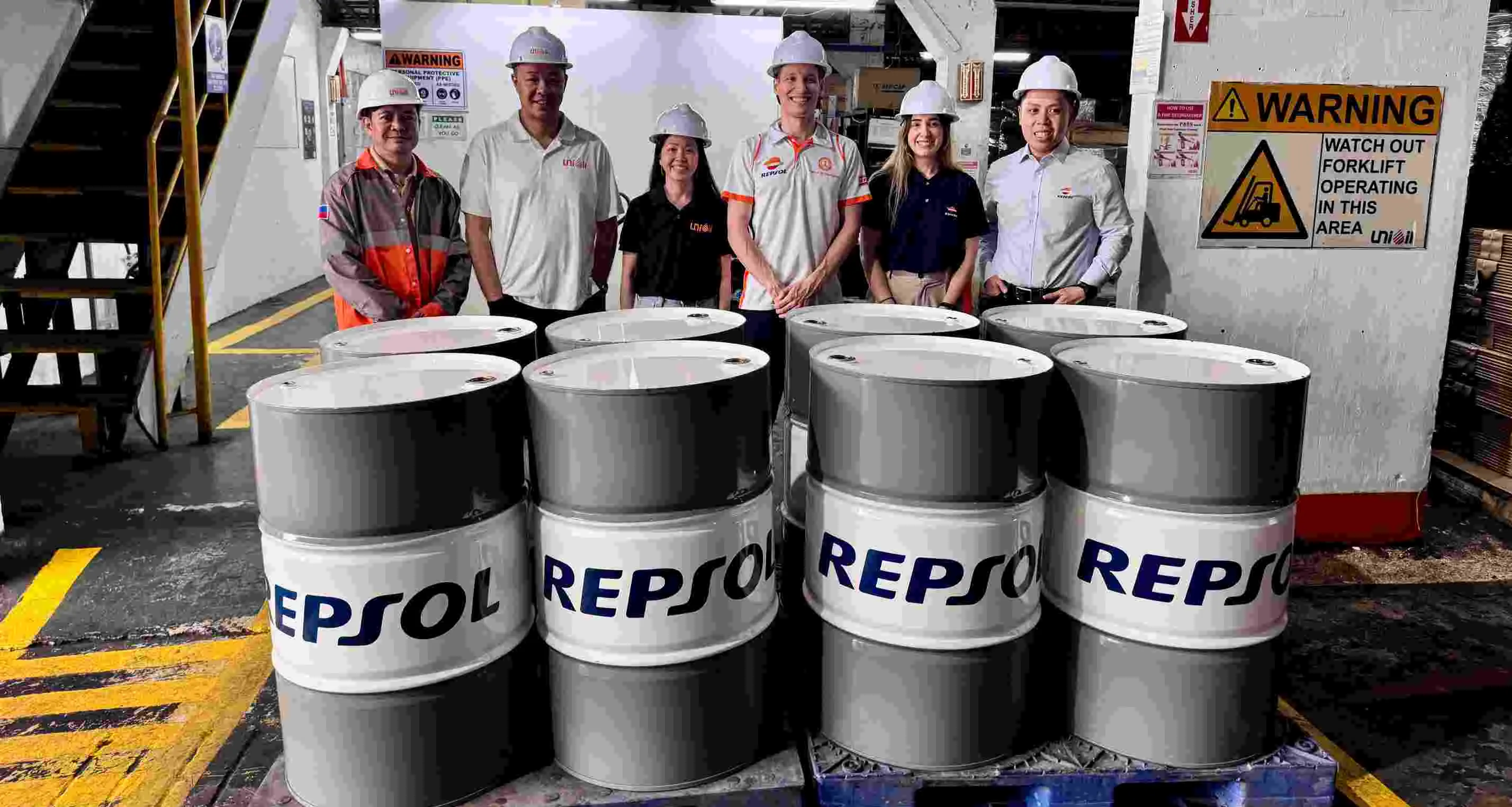Preserving history on wheels: how to keep a classic car in top condition at all times

Classic cars are more than mere automobiles. They're pieces of history on wheels. Whether it's a stately 1920s model, a majestic mid-century muscle car, or one of the SEAT 600s that were the mainstay of the Spanish '60s, a classic car is a unique machine that reminds us of a bygone era for automobiles and society in general.
For classic car enthusiasts, maintaining a vehicle's original conditions and keeping it running perfectly goes far beyond a simple paint job or a double coat of wax. Using the right engine lubricants plays plays a crucial part in the preservation of these priceless vehicles.
Why lubricants are also vital to classic cars
Engine lubricants are vital to the performance and longevity of any vehicle because they are essential to reducing deposit buildup and keeping internal engine parts clean. However, in the case of antique and classic cars, the choice of lubricant becomes even more important as the mechanical systems are generally simpler and more rudimentary.
This makes selecting the right lubricant vital to maintaining their performance and prolonging their useful life to the fullest. For example, you should be aware that today's conventional lubricants contain additives that may not be compatible with older materials.
As a consequence, it is important to look for lubricants formulated with high-quality mineral bases and additives especially designed for older engines. These lubricants usually offer better protection against corrosion, wear, and rust without compromising the integrity of materials. They're also key to guaranteeing greater thermal stability, which is also crucial to optimal engine performance — especially in extreme temperatures.
Lubricant viscosity is another important aspect to keep in mind. Older engines often require oils with different viscosities from those used today. That's why it's important to consult the user's manual that came with the vehicle (or another of the same make and model). If you don't have or can't locate one, then turn to an expert professional for advice about your classic car.
Prevention and maintenance in classic cars
On top of everything already mentioned, preventive maintenance is key to ensuring everything remains in working order. This includes changing the oil and the filter according to manufacturer recommendations, or at least no more than every 5,000 kilometers (3,100 miles).
Preservation of history on wheels involves more than simply keeping your classic car bright and shiny on the outside — it's also about keeping all its parts in working order for maximum authenticity. By following all these tips, you can keep your piece of automotive history alive and on the road for decades to come.
Related contents



